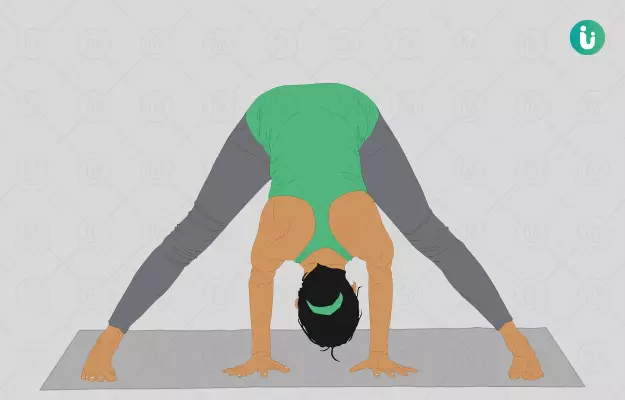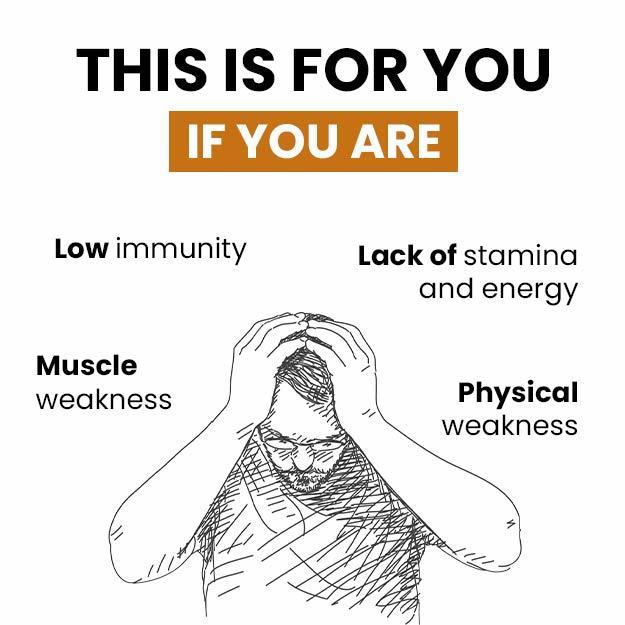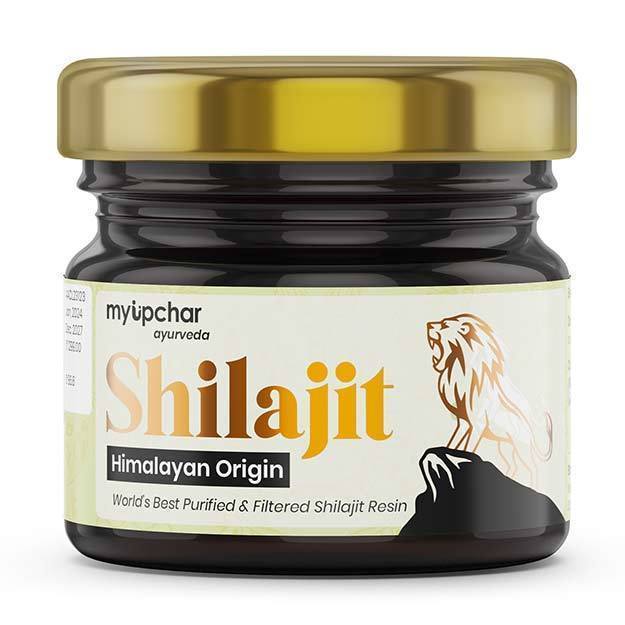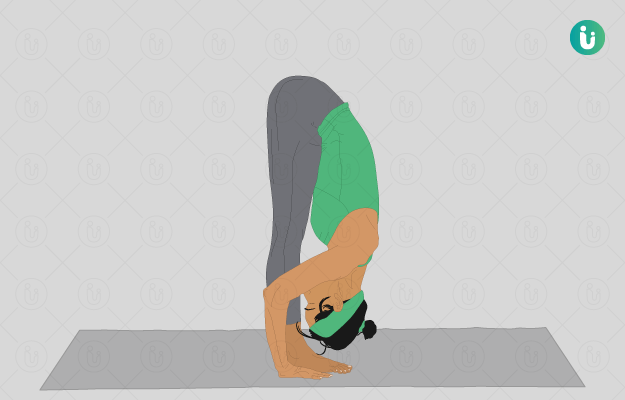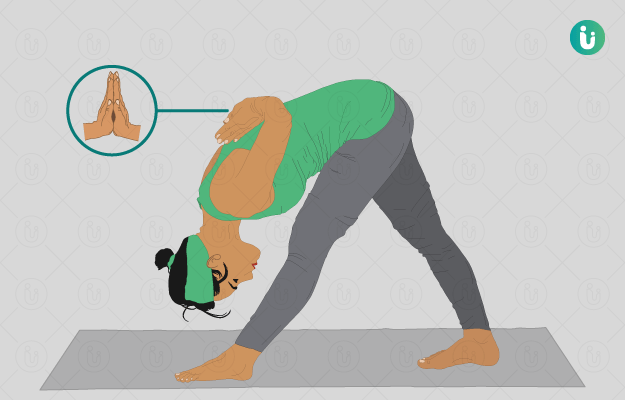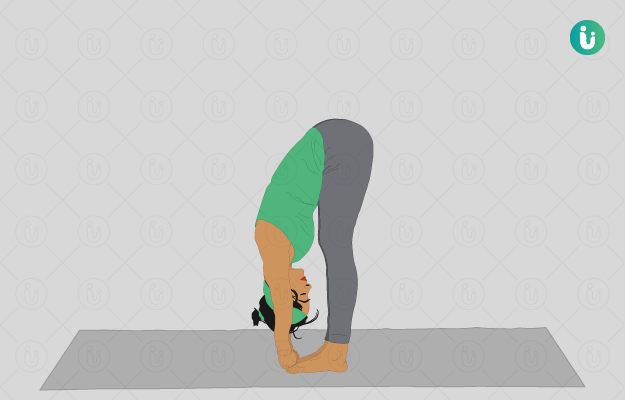Prasarita Padottanasana gets its name from four Sanskrit words, Prasarita, Pada, Utta and Asana, which mean Expand/spread out, Foot, Intense, and Pose respectively. Also known as Wide-Legged Forward Bend in English, it is a half-inverted pose that is done by bending your upper torso towards your foot.
This asana is helpful in strengthening hamstrings, calves, feet and spine. It calms the mind and can also help in relieving headaches.
This article tells you about the proper steps to do Prasarita Padottanasana along with its benefits, easy modifications and precautions.

